Tulip Poplar Tree – Quart Pot – Fast-Growing Shade Tree – USDA Zones 4-9
Original price was: $52.99.$30.99Current price is: $30.99.
Tulip Poplar quart pot – a fast-growing native tree that provides excellent shade and features stunning tulip-shaped flowers. Ideal for landscaping. Ships in a quart-sized pot.
Estimated arrival
Dec 14
Dec 19 - Dec 21
Dec 24 - Dec 28
Reasonable Price
We offer reasonable price

Support 24/7
Contact us 24 hrs a day

100% Money Back
You've 30 days to Return

Payment Secure
100% secure payment
The Tulip Poplar quart pot (Liriodendron tulipifera) is a fast-growing, native tree renowned for its towering height, beautiful tulip-shaped flowers, and vibrant fall foliage. This deciduous shade tree is perfect for homeowners looking to enhance their landscape with a tree that grows quickly and provides ample shade. Thriving in USDA Zones 4-9, it adapts well to various soil types and flourishes in full sun to partial shade.
Reaching heights of 80-150 feet, the Tulip Poplar is among the tallest trees in the eastern United States. It develops a pyramidal canopy in youth, gradually maturing into a broad, spreading crown. During spring, the tree showcases yellow-green, tulip-like flowers with an orange center, attracting pollinators such as bees and butterflies. As autumn approaches, its foliage turns into a brilliant golden-yellow, adding seasonal interest to any landscape.
This low-maintenance tree prefers deep, well-drained soils and requires minimal care once established. It is an excellent choice for shade, windbreaks, and wildlife habitats, making it a versatile addition to any outdoor space.
Key Features and Benefits:
- Fast-growing shade tree – Reaches up to 150 feet tall.
- Attractive tulip-like flowers – Yellow-green blooms with orange centers in spring.
- Brilliant fall color – Leaves turn golden-yellow in autumn.
- Hardy and adaptable – Thrives in USDA Zones 4-9.
- Wildlife-friendly – Supports pollinators like bees and butterflies.
- Great for landscaping – Perfect for parks, large yards, and street planting.
Common Uses:
- Shade tree – Provides excellent coverage in yards and parks.
- Landscaping – Adds aesthetic appeal with seasonal color and elegant flowers.
- Pollinator attraction – Supports bees and butterflies.
- Windbreak – Helps reduce wind exposure in open areas.
- Reforestation – Used for ecological restoration and large-scale planting projects.
FAQs:
Q: How fast does the Tulip Poplar grow?
A: The Tulip Poplar is a fast-growing tree, averaging 2-3 feet of growth per year under optimal conditions.
Q: What kind of soil does this tree prefer?
A: This tree thrives in deep, moist, well-drained soils but can adapt to various conditions, including loamy and sandy soils.
Q: When does the Tulip Poplar bloom?
A: It produces yellow-green flowers with orange centers in late spring to early summer, attracting pollinators.
Q: How should I care for my Tulip Poplar quart pot upon arrival?
A: Water the tree well upon arrival, plant it in full sun to partial shade, and keep the soil consistently moist during establishment.
Q: Is the Tulip Poplar resistant to pests and diseases?
A: While generally hardy, it can be susceptible to aphids and scale insects. Proper care and occasional inspection help maintain tree health.
Be the first to review “Tulip Poplar Tree – Quart Pot – Fast-Growing Shade Tree – USDA Zones 4-9”

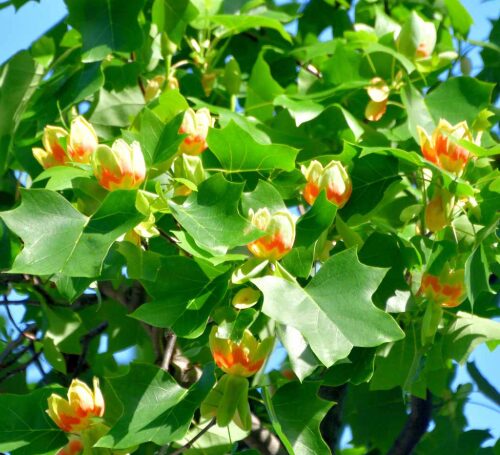
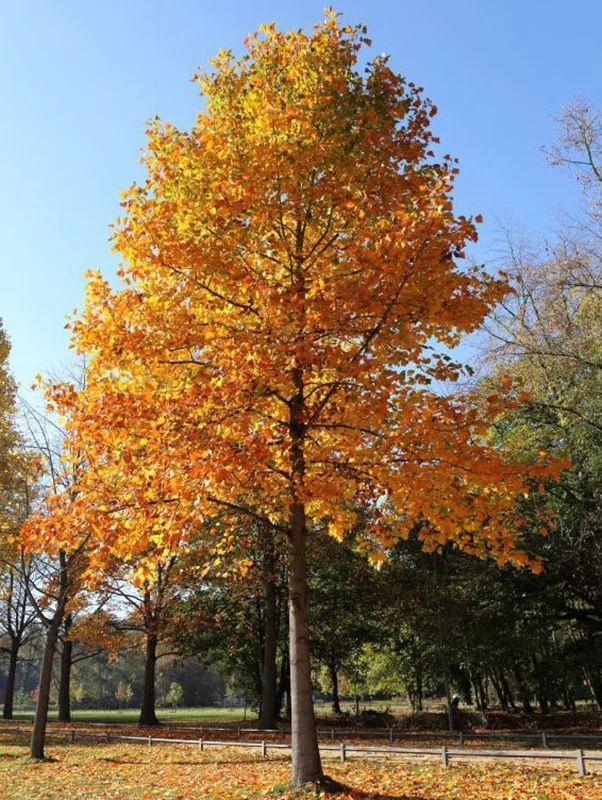
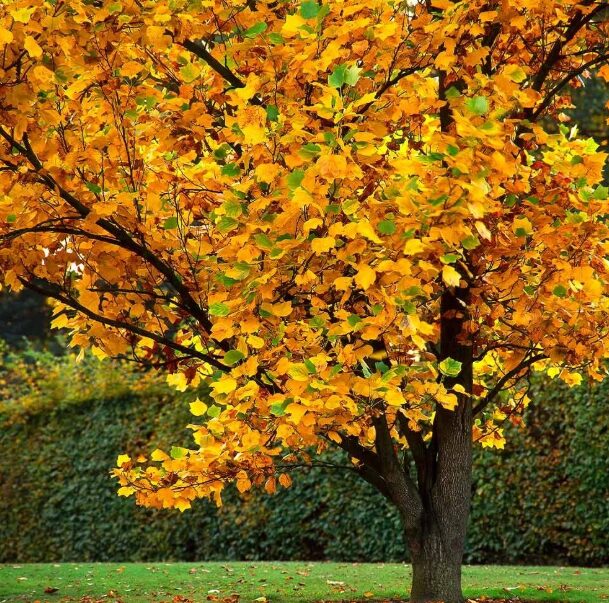
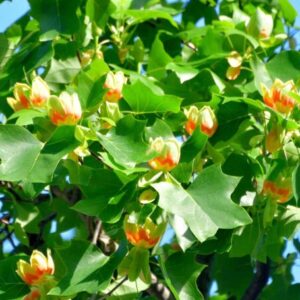
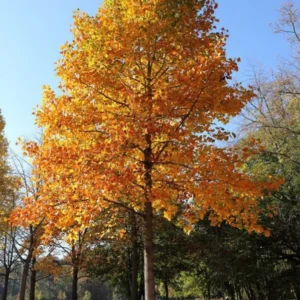


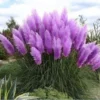


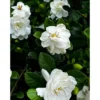
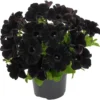
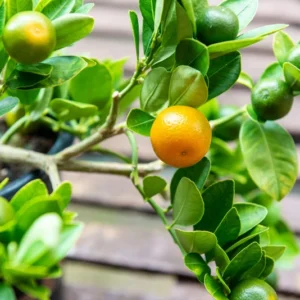
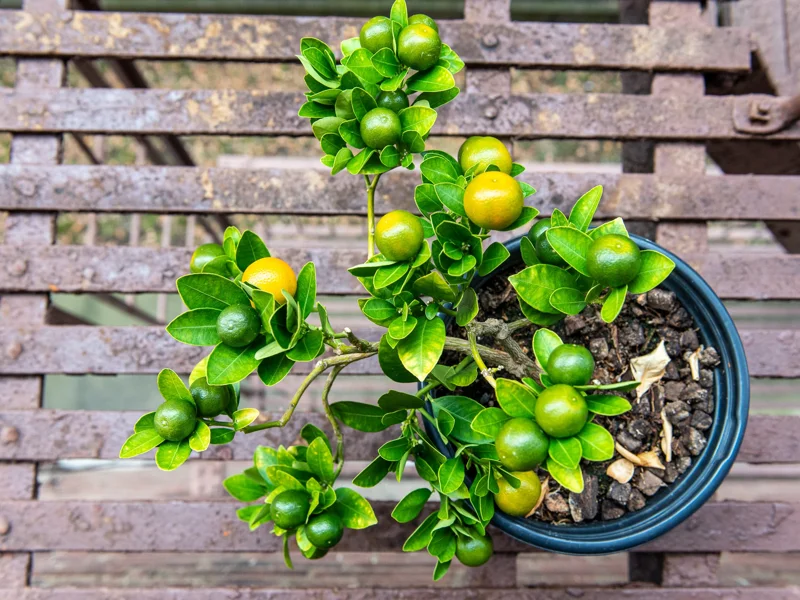
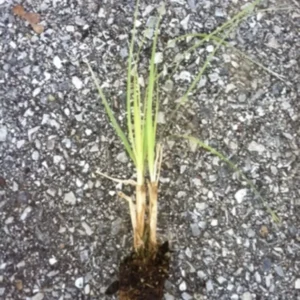
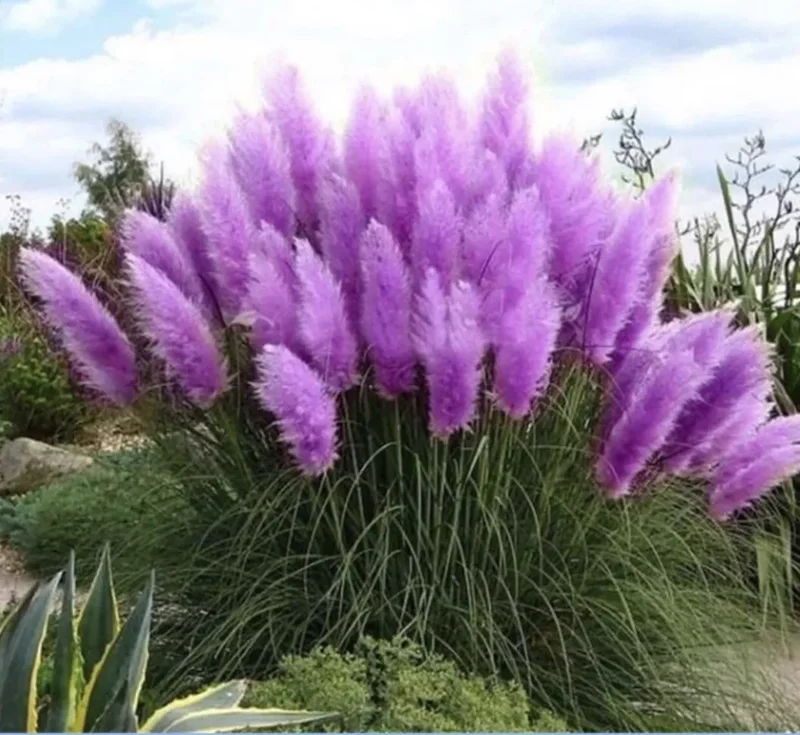
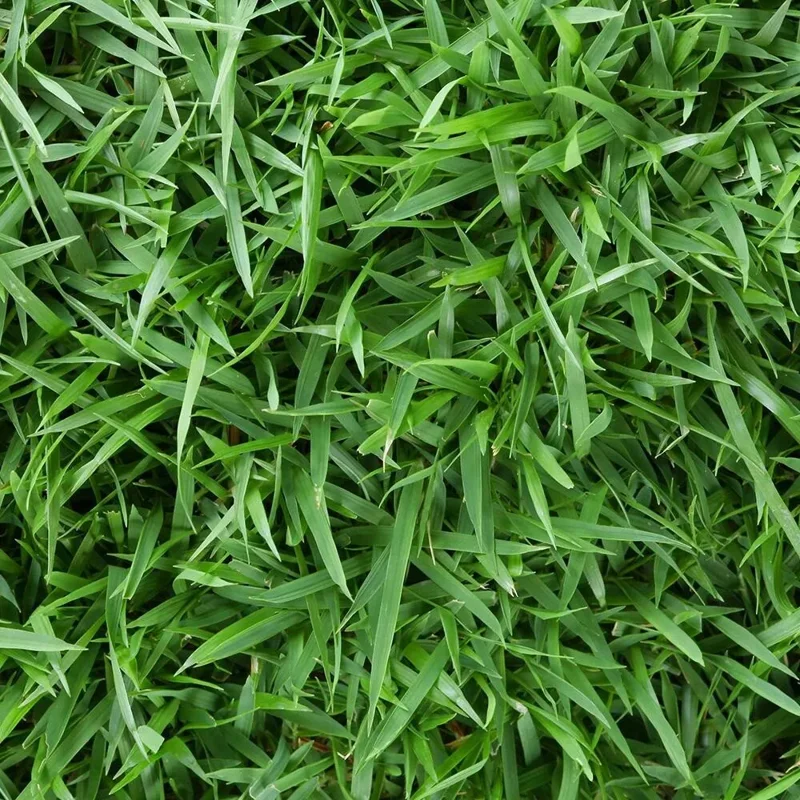



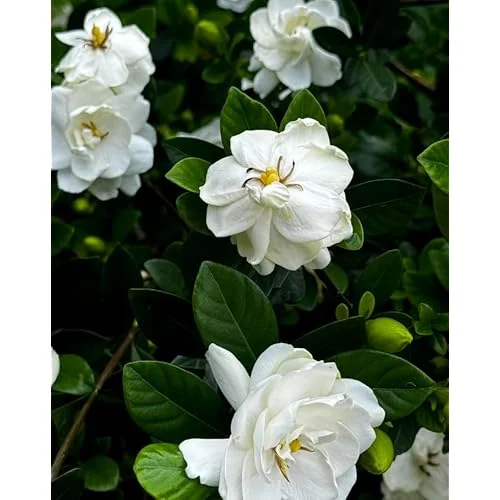
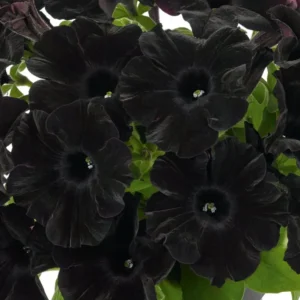
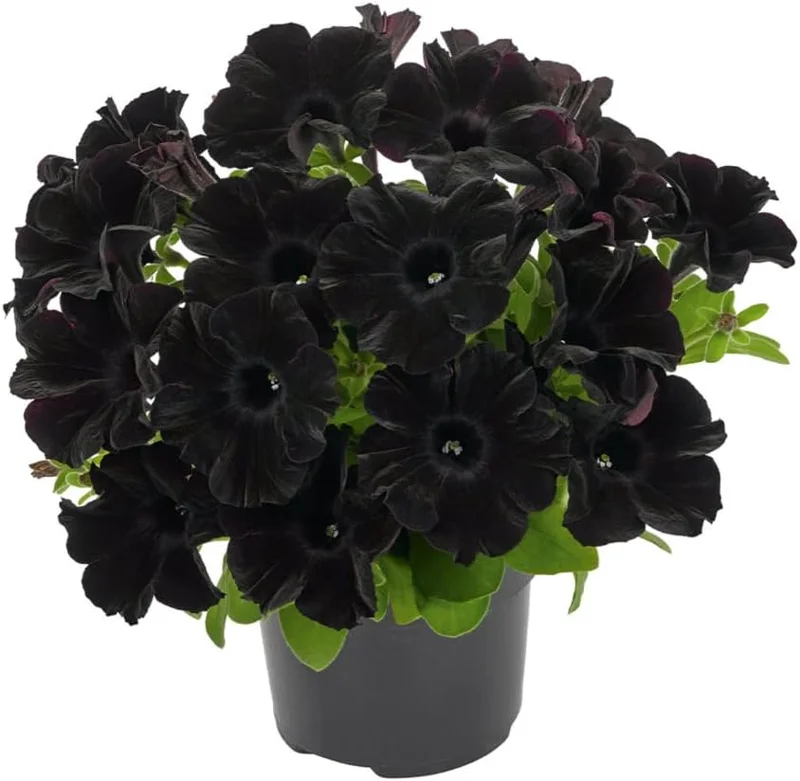
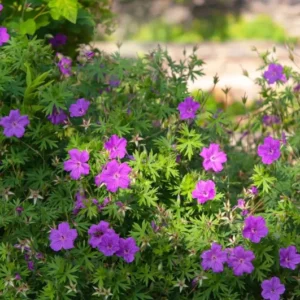
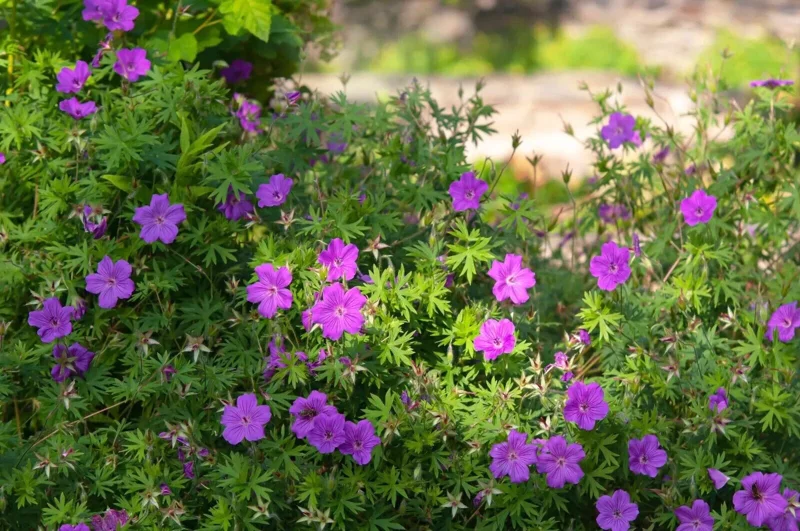
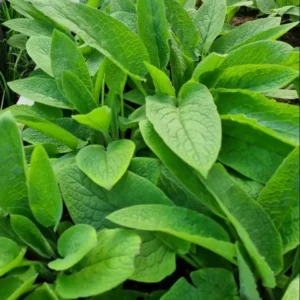
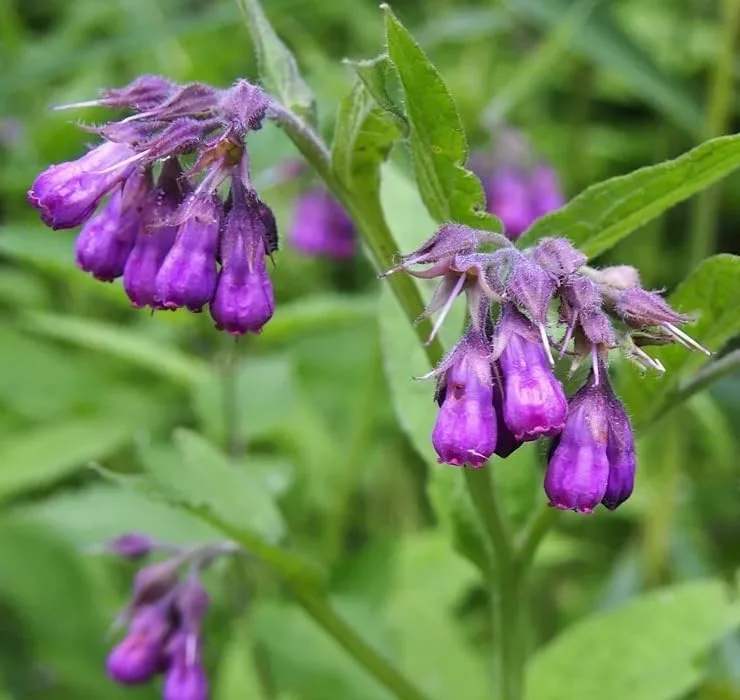
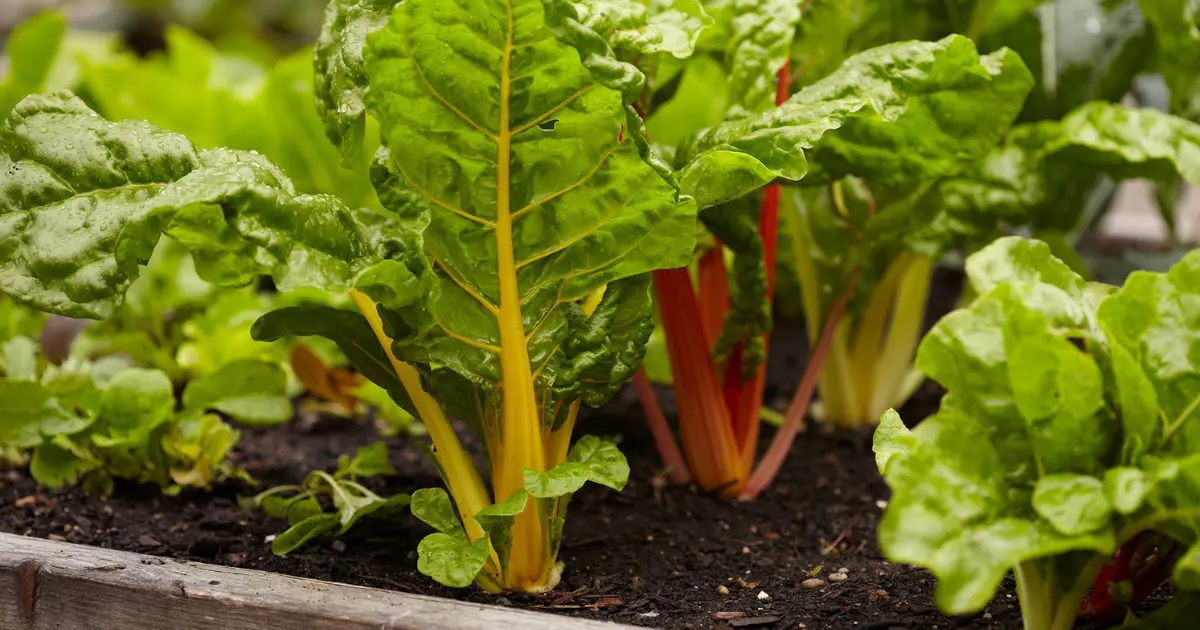
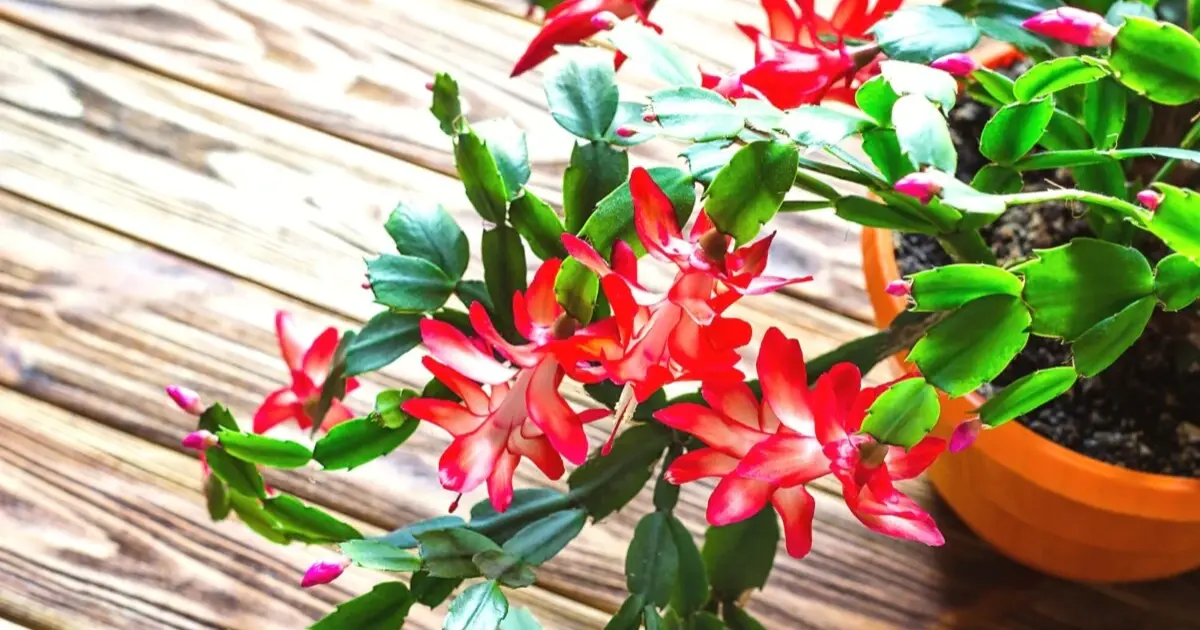
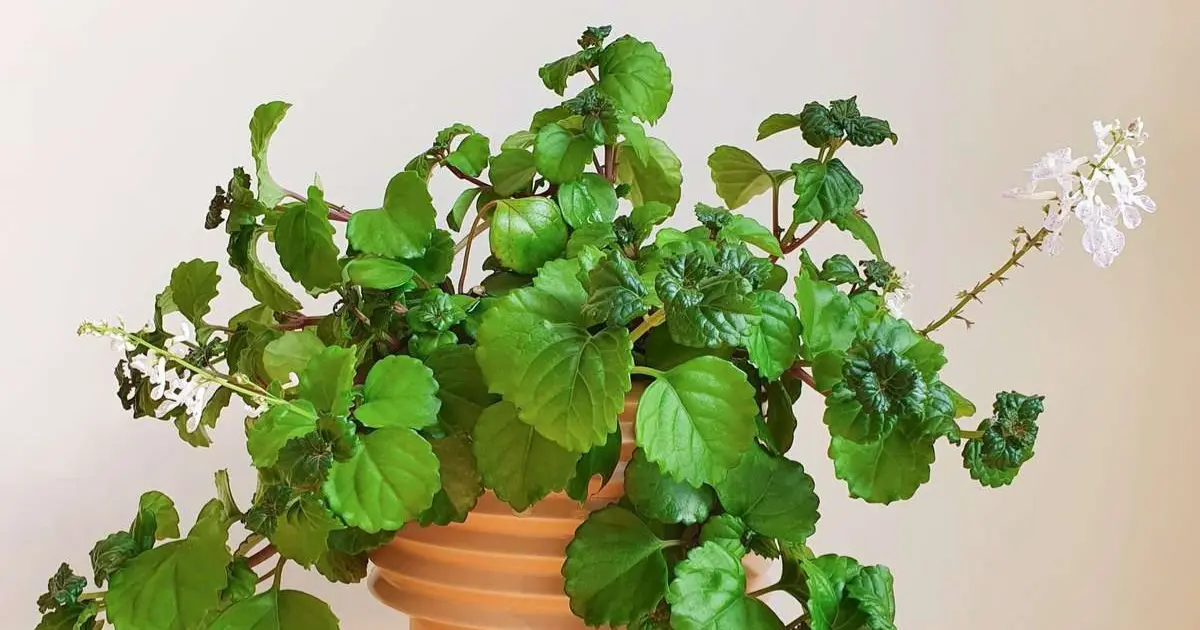
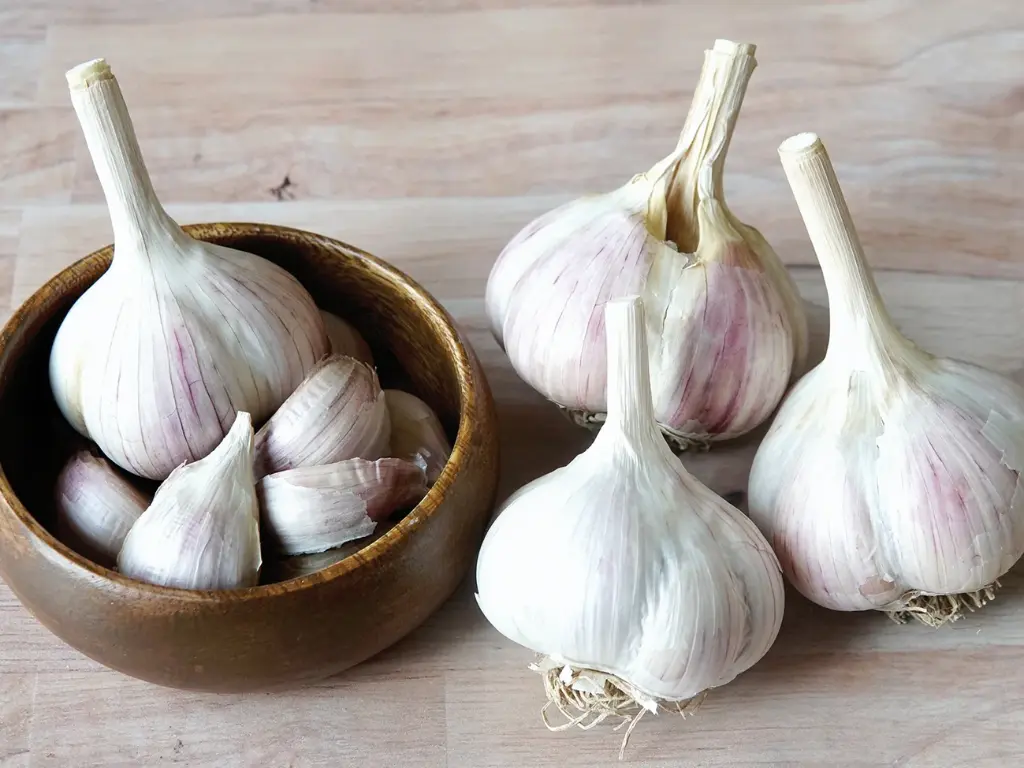
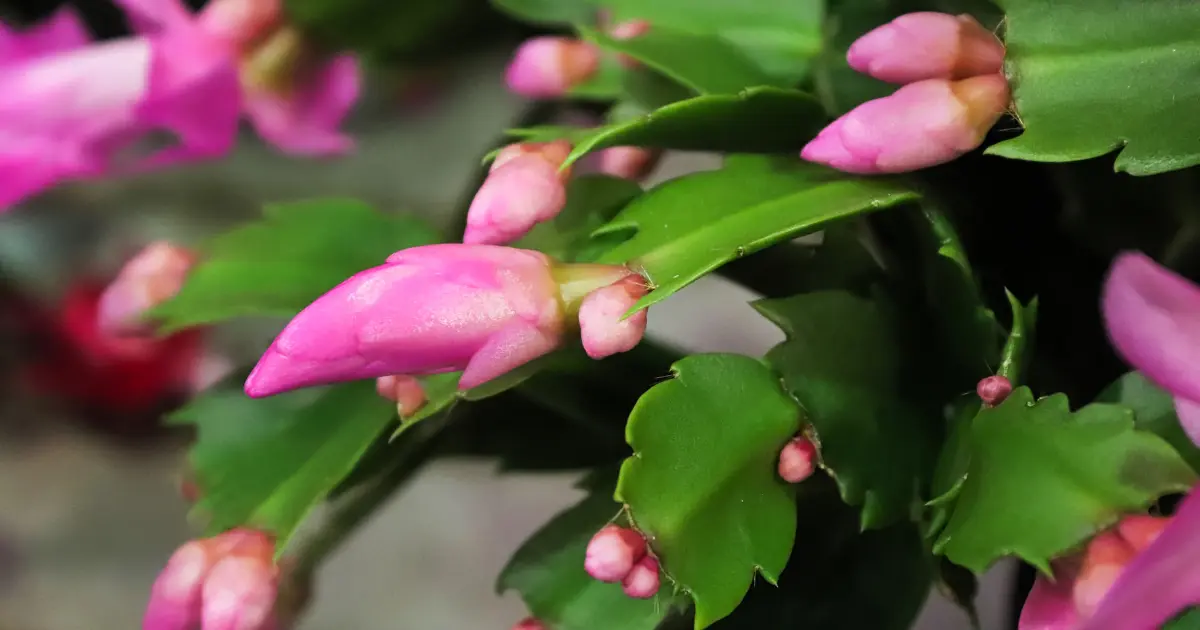





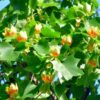
Reviews
There are no reviews yet.